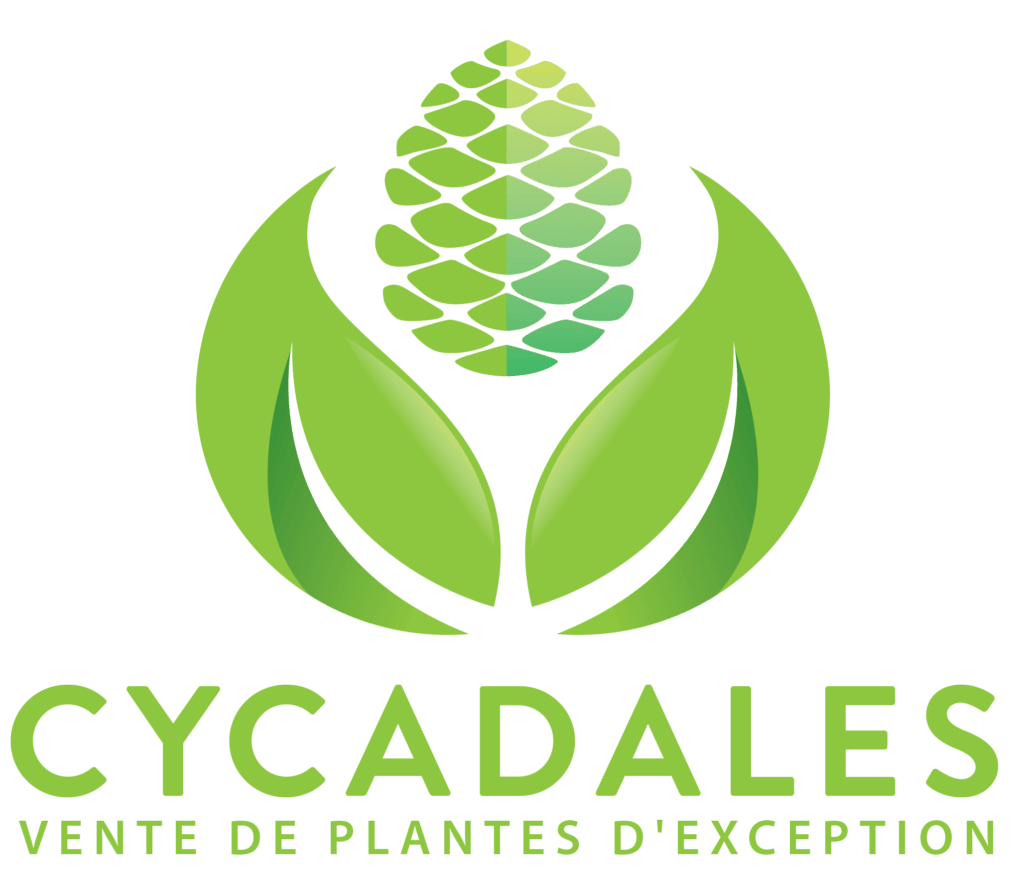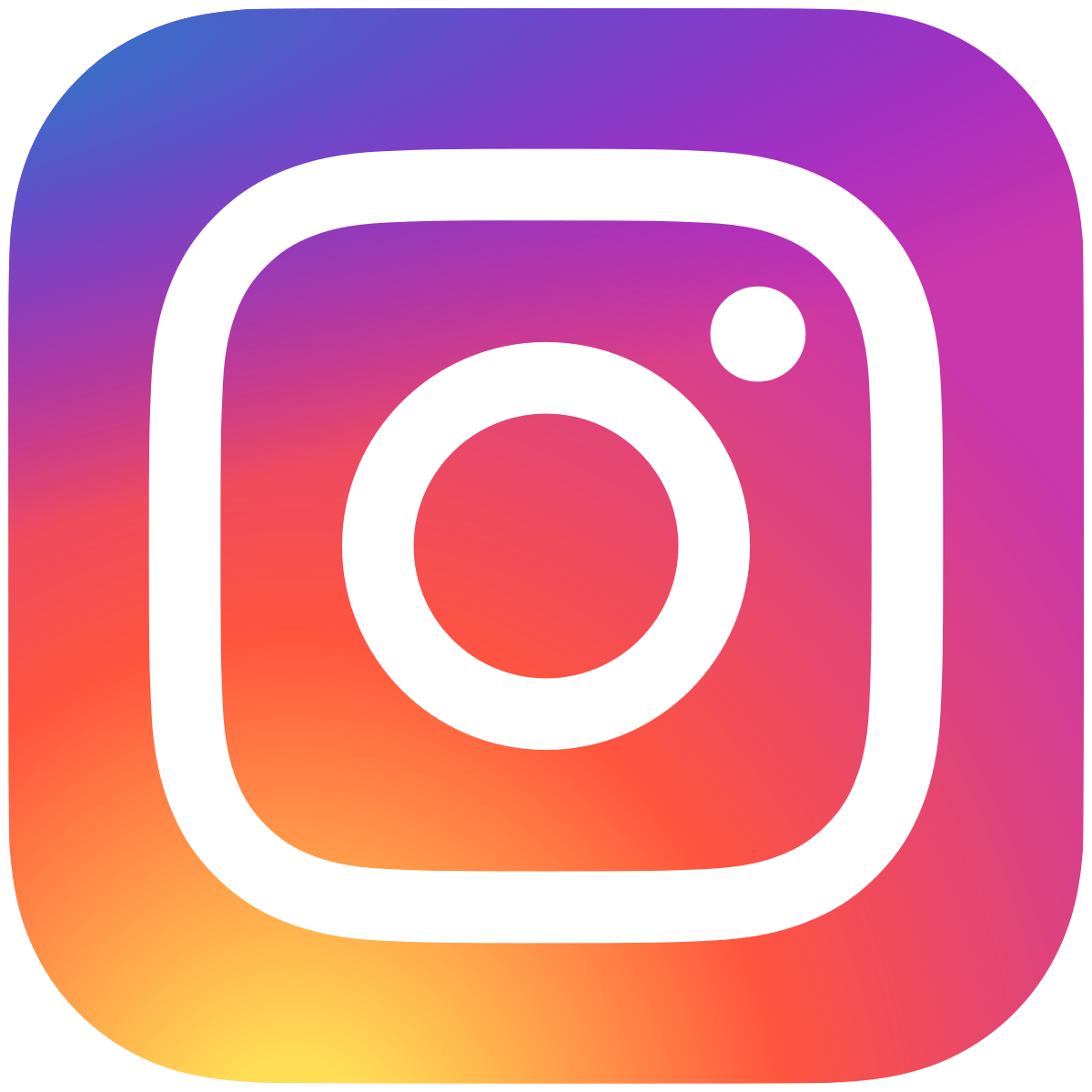The seed : morphology and physiology
A Cycad seed comprises different distinct layers : the embryo is located in the center and is surrounded by what is called the endotesta that constitutes the energy reserves that will feed the embryo and then the seedling for its early stafes. These reserves are enclosed in a protective hard shell called sclerotesta. This envelope is covered by a fleshy layer named sarcotesta, making it look like a berry. This layer is usually brightly colored (usually red but sometimes orange, yellow or white) , probably for animal dispersal, and of gelatinous or spongious nature. It seems that the cycads toxins are not very concentrated or absent in the fleshy part of the seeds to facilitate the dispersal by animals.
Today, Cycad seeds are usually dispersed by rodents, birds, marsupials (like wallabies) or even oceanic currents for the species with floatting seeds. Cycads make relatively large seeds and one hypothesis is that they were dispersed by now extinct large megafauna.
Cycad seeds are special in many ways regarding their development. In many species of angiosperms, seeds develop to reach a stationnary phase and wait for an external stimulus to sprout. But with cycads it’s a bit difference as the process of growth of the embryo is continuous, from pollination to germination. This explains why most cycad seeds can’t be stored for a long time and need to be sown when they’re ready to sprout. These seeds are called recalcitrant because they cannot be stored for a long time and are sentitive to dehydration.
The seed of different cycad species develop a different paces. A dehiscing cone (or strobilus) does not mean that the seeds are ready to sprout. It is thus necessary to have an idea of when the seeds were harvested and how long they’ll need to reach maturity in order to optimize chances of good germination. Usually observed maturity
Bowenia : 1 to 3 months
Ceratozamia : 3 to 6 months
Cycas : 0 to 24 months
Dioon : 0 to 2 months
Encephalartos : usually 6 months
Lepidozamia : 3 months
Macrozamia : 3 months
Microcycas : 0 months,
Stangeria : 1 to 6 months
Zamia : 0 to 3 months.
These data work for seeds harvested at cone dehiscence (not before) and vary from one species to another.
When seeds were freshly harvested and are immature, it’s best to store them at room temperature and soak them every month for 48/72h hours so that they remain hydrated. If you are in the tropics and the air humidity is very high, this soaking is not absolutely necessary. It’s also possible to keep the seeds in a slightly moist medium such as sphagnum or peat.
When buying seeds, it’s often difficult to know when they’ll be ready to sprout, thus it’s necessary to use the right germination methods. Many times it’s wiser to wait a few months before sowing which allows to avoid sowing immature seeds.
Cycad seeds cannot be stored for a long time but their can be extended by storing them in the refrigerator at approx 3°C. After cleaning or soaking the seeds, dry them and put them in a sealed ziploc bag and put it in the vegetable compartment. Check from time to time that they are not developing mold. I use this technique and haven’t observed a decrease in germination capabilities of seeds. I tend to avoid doing it for tropical Zamia though because I prefer sowing them immediately. You can store seeds for 6-12 months easily with this method.
This method of storage has a great interest when you’re in a temperate climate: All the seeds I get after the month of August (end of summer) are stored until next spring. That way I don’t have to germinate them in winter as it often results in weak seedlings or very high heating costs of my greenhouse.
It must be stressed that some cycads, such as Encephalartos, produce fully formed seeds in the absence of pollination and that sometimes pollination didn’t work but seeds form anyway (if pollen is old for exemple, or species incompatibility when making hybrids). These seeds are sterile and will never sprout. On Cycas the seed split and the endotesta gets very swollen (crem/yellow part that’s inside). On Zamia and Ceratozamia, a seed cracking lengthwise is usually the sign of sterility.
Sowing seeds
If seeds are still covered by their sarcotesta, it’s necessary to clean them in order to avoid fungus development and suppress eventual germination inhibitors. Cleaning can be done using a knife to remove the fleshy layer that is more or less difficult to scrape depending of its texture. For more important quantities of seeds of gelatinous nature (Zamia for exemple), one can use and enzyme called pectinase. Available as a power, it mut be mixed in water and kept at the right temperature for optimal activity. The time needed for cleaning will vary according to temperature, water, seed and enzyme quantities.
For large quantities of large seeds, one can use a concrete mixer like you can see on this video I have made (always try first with a small quantity of seeds to make sure you don’t destroy them)
For smaller and fragile seeds like those of Zamia , there is a technique using a circular brush and a drilling machine, I am making a video about this technique I learned from Greg Holzman and I will put it online shortly.
When the seeds are clean, it may be useful to soak them for a few days. It rehydrates them which can be helpful when they’ve been stored dry for a while.
Some seeds might float in water. It doesn’t mean they’re unfertile. A seed floating vertically may mean that the embryo is pushing against the shell and formed an air bubble. If, after 24h of soaking, some seeds do not sink, it’s best to sow them apart from the others. Doing so, rotten seeds won’t contaminate the viable ones. At the opposite, sinking seeds do not equal fertile ones as unpollinated Encephalartos seeds will be full and heavy, thus sink but never sprout.
If you obtain a large quantity of seeds, it’s possible to determine their fertility and maturity by sacrificing a few. A longitudinal cut is done in order to observe the presence (or absence) of embryo and its stage of maturity. Beware, a very immature seed won’t have an embryo but the presence of a suspensor (a white coil) can indicate successful pollination.
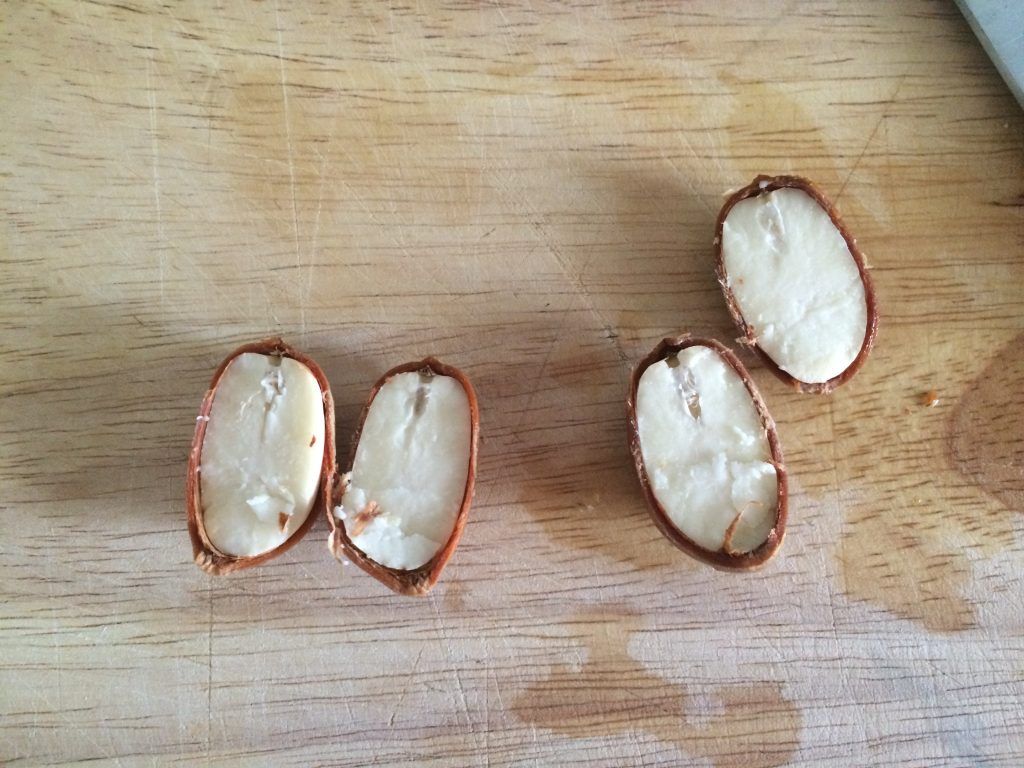

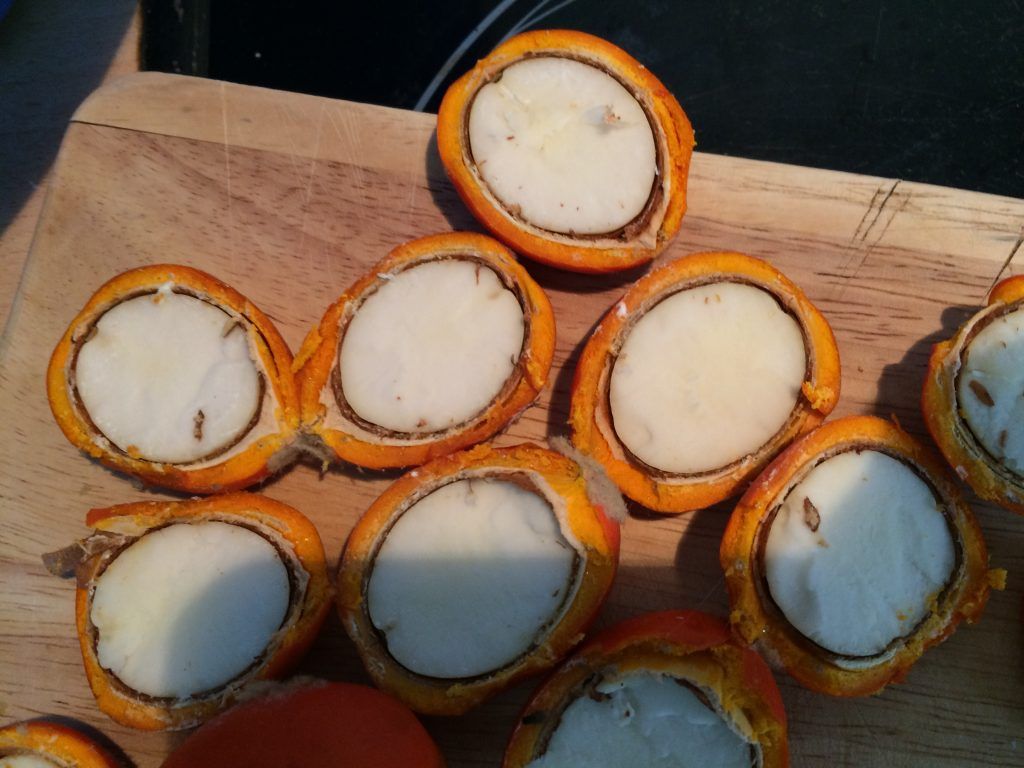
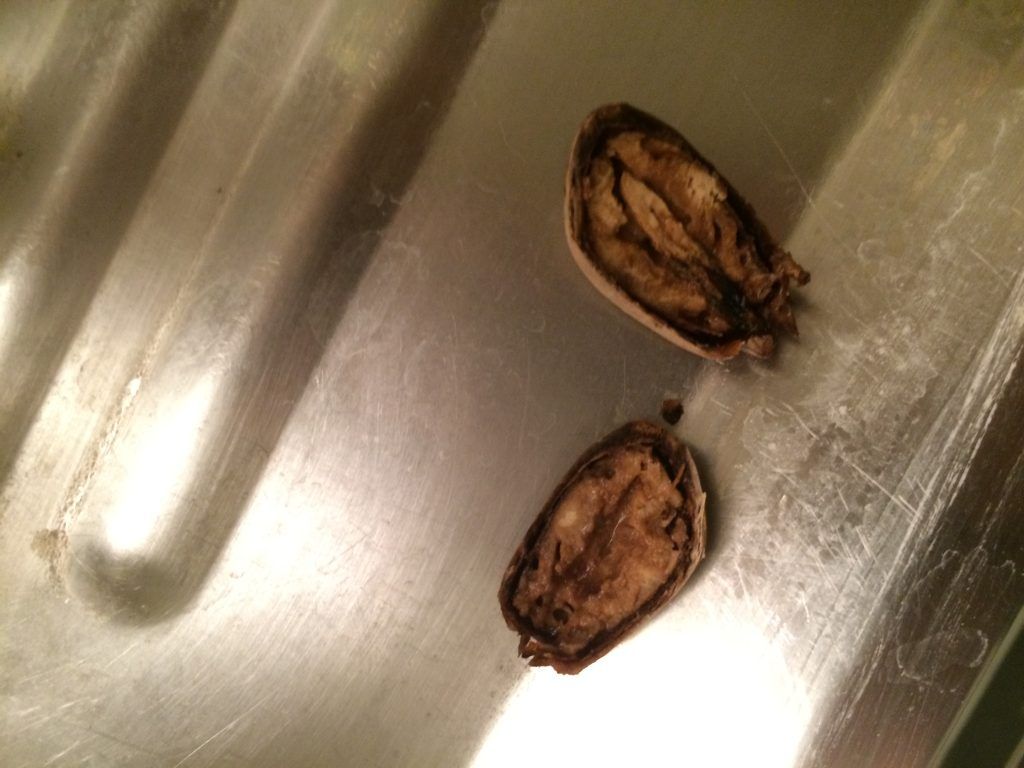
Soaking seeds in a broad spectrum fungicide may help as it destroys spores present on the seeds.
Various methods can be used for sowing seeds. One must keep in mind that Cycad seeds successful germination relies on two main parameters: temperature (between 27°C and 32°C) and moisture (70%-100%). Seeds can be sown directly in pots but this takes more space and potting mix may be vector of fungi.
The two main methods are :
Sowing on a mineral bed: A bed is made with perlite, sand, vermiculite or other mineral medium that is heated (with a heating cable for exemple). The bed is moist but not too much and seeds lay horizontally.It’s necessary to keep it humid enough to allow germination.
Sowing using the baggy method : This method is widely used as it allows homogeneous moisture around seeds and is space savy. Only zip plastic bags and sphagnum (or peat) are necessary. These mediums are slightly acidic and bear antifungal properties. The sowing medium must be moist but not too much and can be sterilized using a microwave for 5 minutes at max power, allowed to cool down before use. The plastic bag is then filled with medium and seeds and kept in a warm spot. If the medium seem too humid, the bag can be left open for a few days until it reaches the required amount of dryness. In the case of sphagnum, no water should be released when pressed lightly with hands.
The advantages of this method is humidity control, different batches of seeds separation and low space needed (compared to the bed).
Beware, if the medium is too damp, seeds might split by absorbing water and be more prone to fungal attacks. it’s even truer for immature seeds.
One can control germinations once or twice a week and when the sprout is around 0,5-3cm, sprouted seeds can be potted up.

Sowing old cycad seeds:
Sometimes one finds old forgotten seeds in a drawer, or seeds were gathered near a plant that shed them several months ago or because a seller sent you old seeds. In my experience, with species like Dioon and Macrozamia, seeds may still be alive but they are not strong enough to sprout thus die in the shell. This can be solved by carefully removing the micropyle cap of the seed (the small circular area that has a star pattern, where the sprout emerges) using the tip of a knife. It’s easier if the seeds have been soaked for a while. If old seeds are still alive they will sprout very quickly in a few days.
When I know I am getting old seeds or when supposedly fast germinating species don’t sprout I use this technique that Greg Holzman taught me some years ago.
I am making a video to show how to do it and will upload it shortly.
Advice:
- Always buy fresh seeds. Some seed sellers often offer old and non viable seeds because they’re unaware of their conservation requirements.
- When the seeds are in the germination medium, some may show mold or rot. It’s better to remove those seeds so that they don’t infect the healthy ones.
- Good quality seeds usually don’t rot even if sown a bit early. However, some species seem to bear fungus endophytes and even if surface treated, they may rot anyway.

